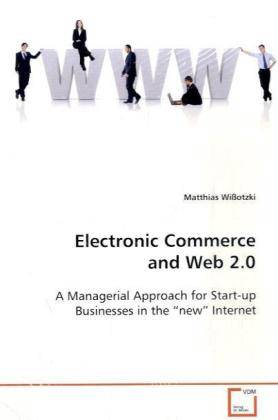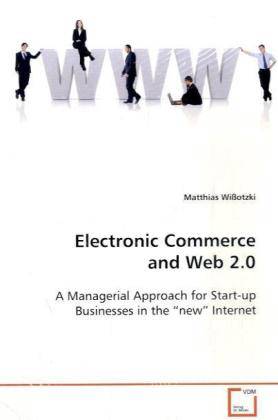
- Afhalen na 1 uur in een winkel met voorraad
- Gratis thuislevering in België vanaf € 30
- Ruim aanbod met 7 miljoen producten
- Afhalen na 1 uur in een winkel met voorraad
- Gratis thuislevering in België vanaf € 30
- Ruim aanbod met 7 miljoen producten
Zoeken
Omschrijving
In addition to the classification of the Electronic Commerce with respect to the information society, potentials regarding the online trade business will be elucidated. In the first chapters, general preconditions and enterprise foundation concepts are illustrated. Aspects like the Electronic Commerce, the strategy management process as well as the regulatory framework with focus on online trade start-ups will be presented by explanations and examples. In the main part, the term "Web 2.0" is defined as well as its fragmentation into different approaches is shown. The components of these approaches are to be used latterly as criteria for the analysis of actual Electronic Commerce solutions. In a set of tests and analyses as well as a preceding classification, nine systems are evaluated concerning their Web 2.0 functionalities. Aspects of the implementation will be introduced by an example solution. Apart from the general settings and system require-ments particularly different Web 2.0 extension measures will be treated. A practical example of an Electronic Commerce start-up enterprise is finally presented.
Specificaties
Betrokkenen
- Auteur(s):
- Uitgeverij:
Inhoud
- Aantal bladzijden:
- 184
- Taal:
- Engels
Eigenschappen
- Productcode (EAN):
- 9783639094527
- Verschijningsdatum:
- 23/10/2008
- Uitvoering:
- Paperback
- Formaat:
- Trade paperback (VS)
- Afmetingen:
- 152 mm x 229 mm
- Gewicht:
- 254 g

Alleen bij Standaard Boekhandel
+ 134 punten op je klantenkaart van Standaard Boekhandel
Beoordelingen
We publiceren alleen reviews die voldoen aan de voorwaarden voor reviews. Bekijk onze voorwaarden voor reviews.











